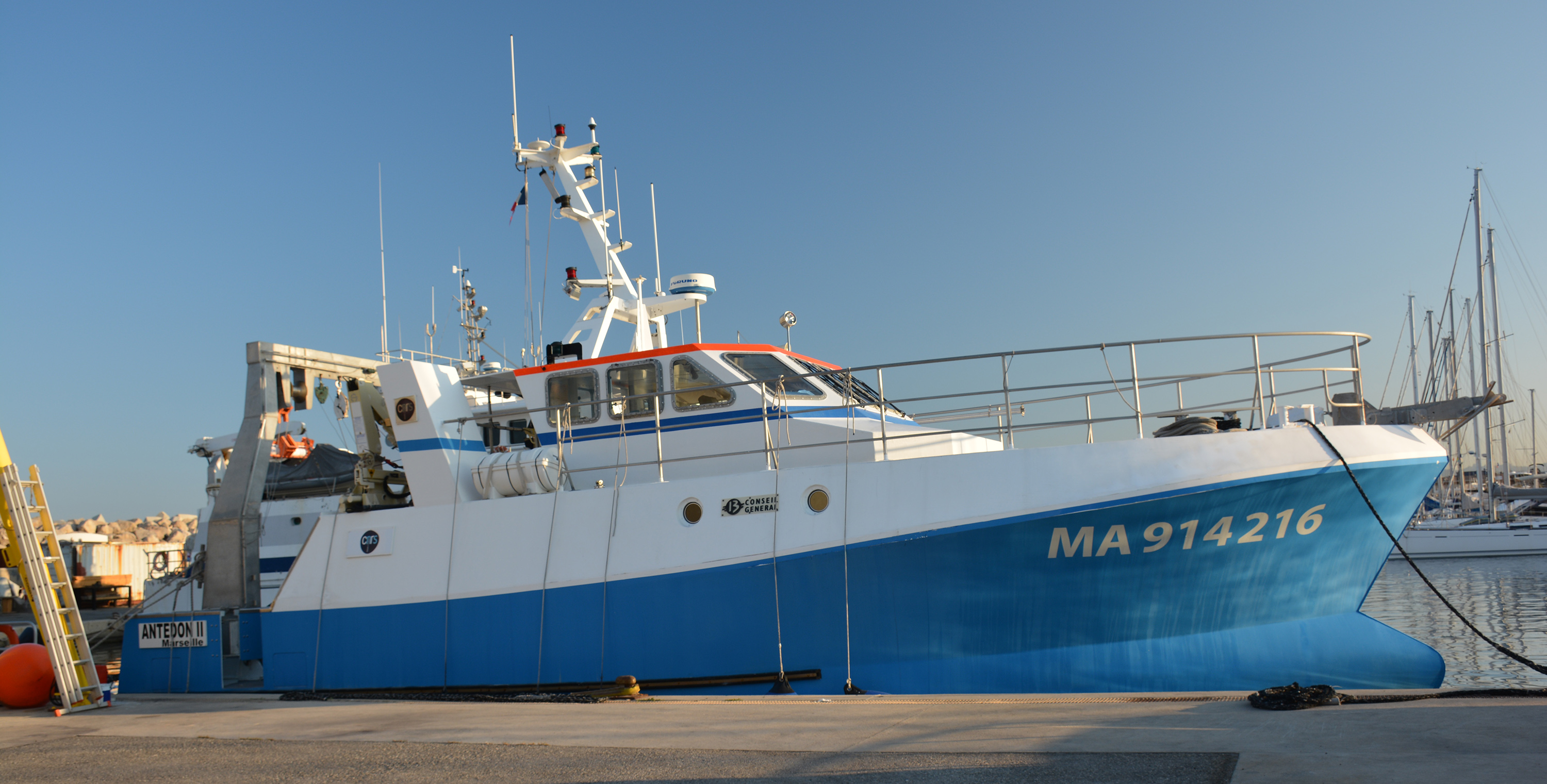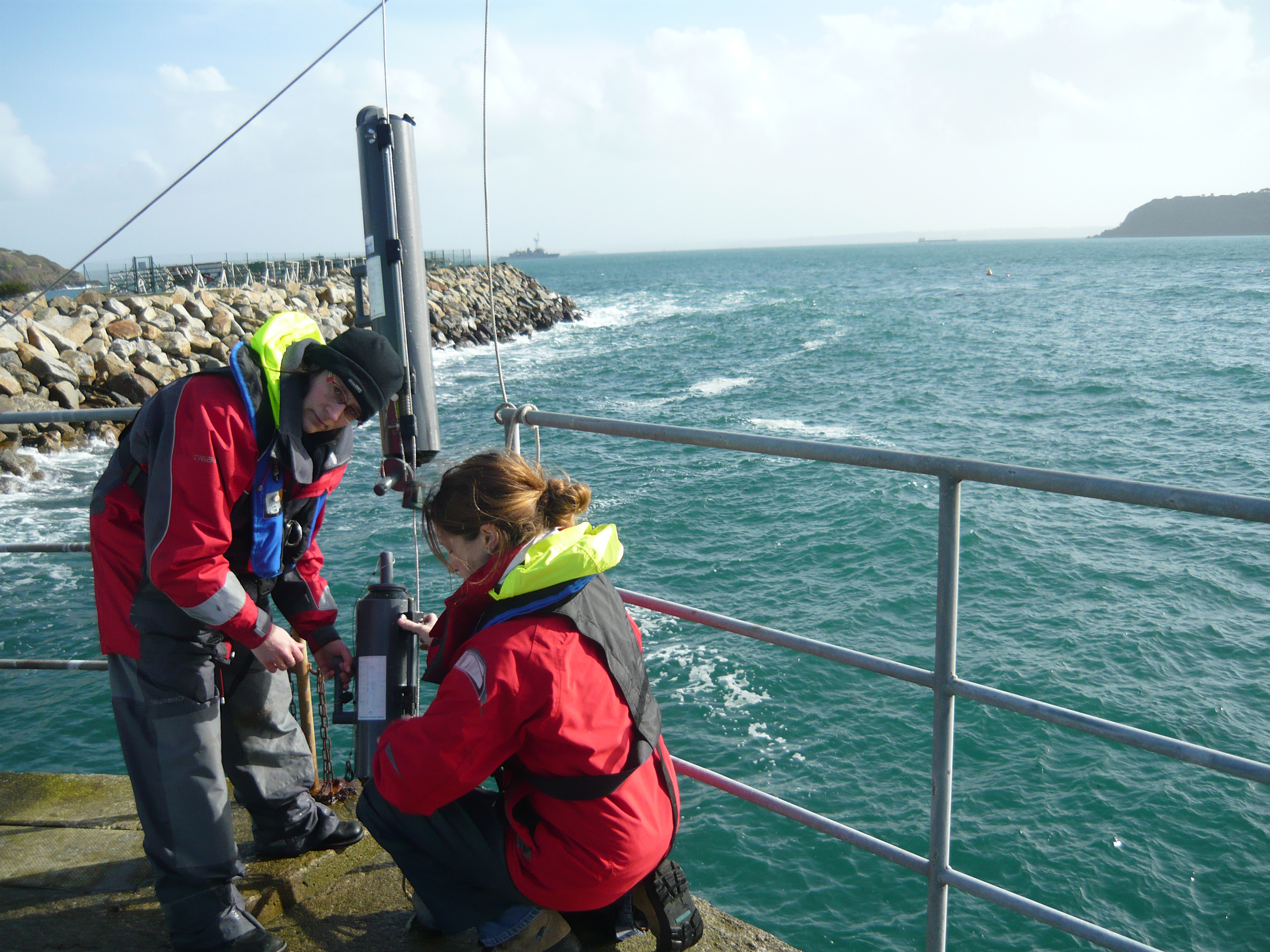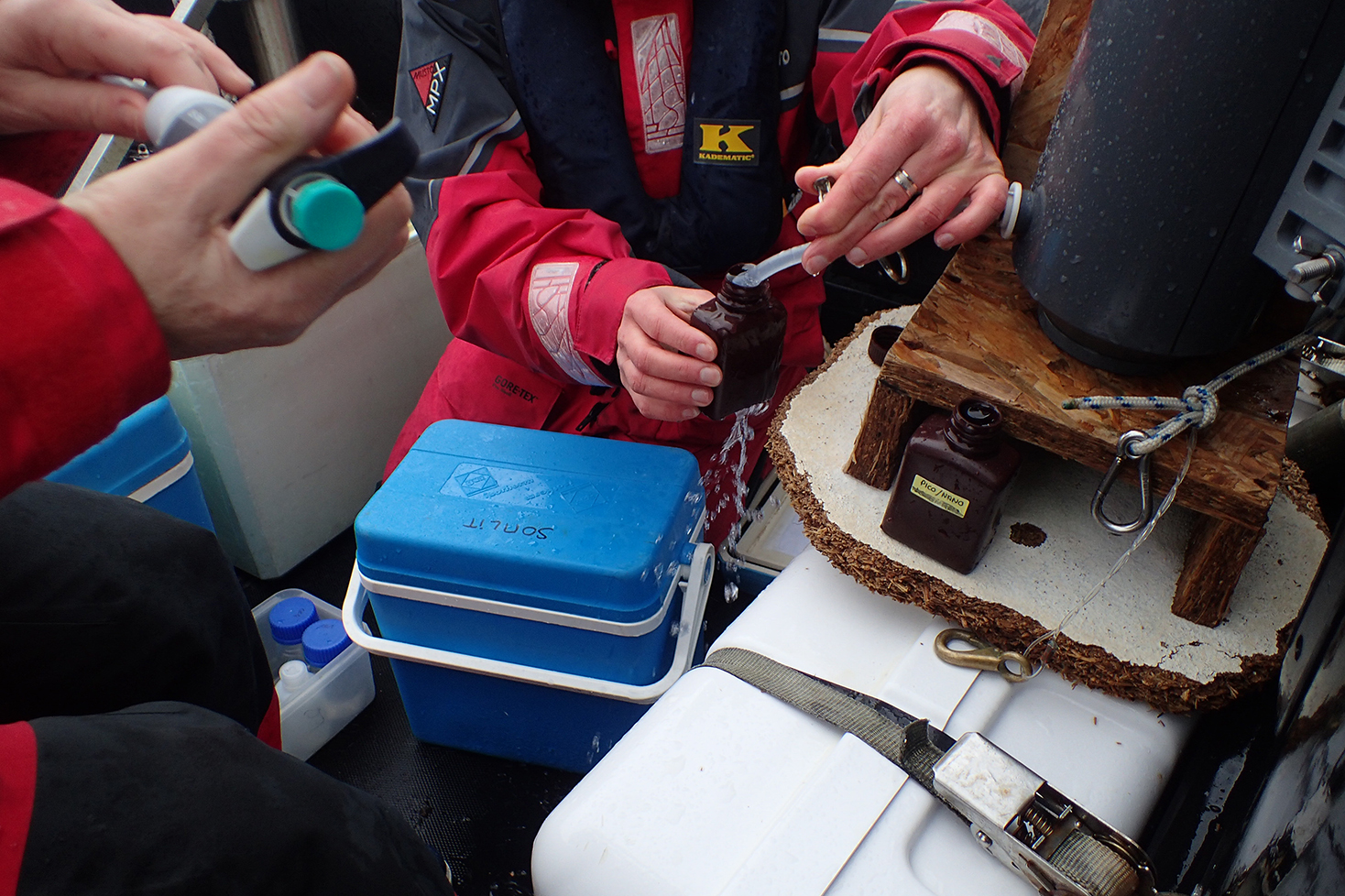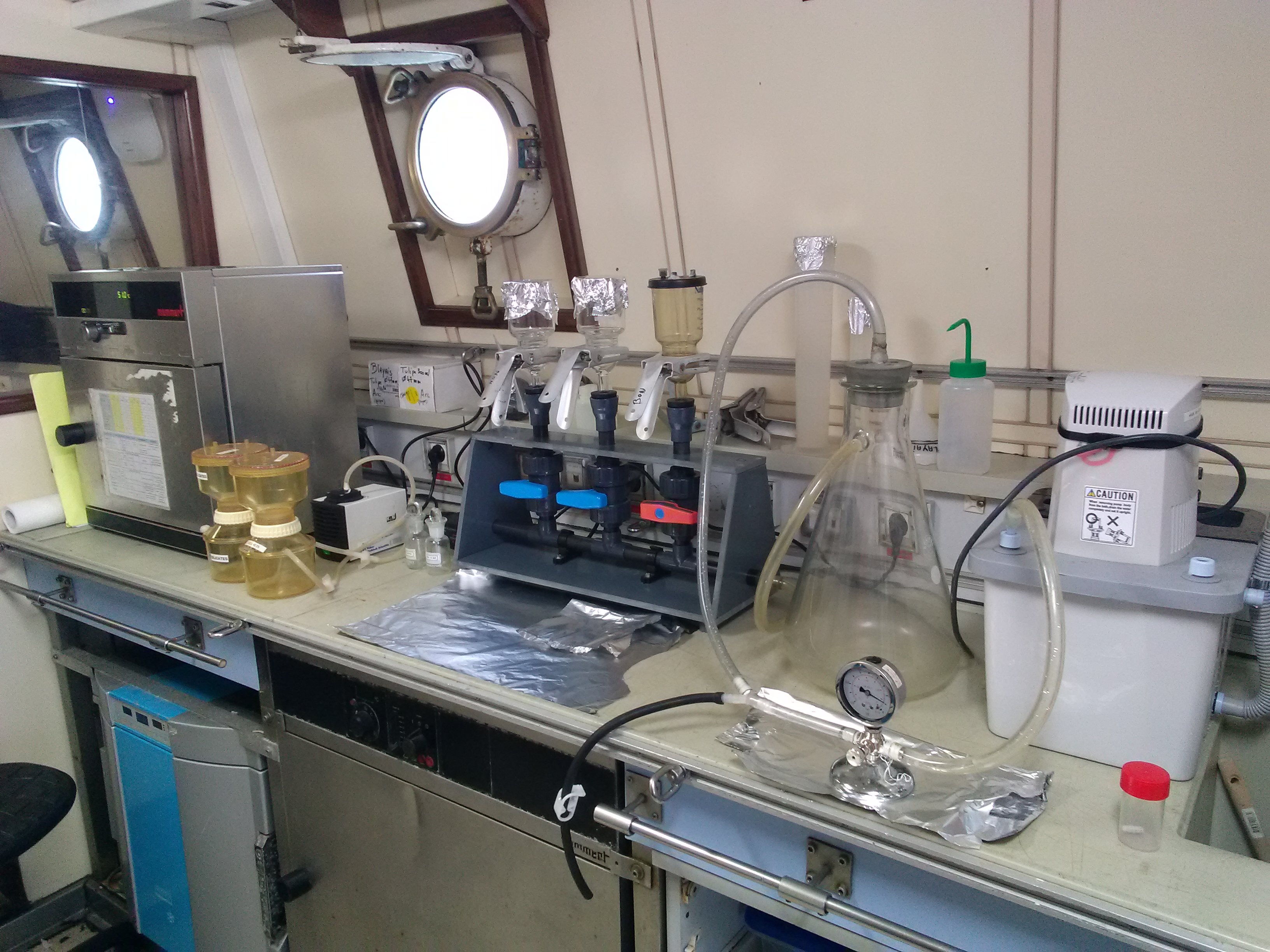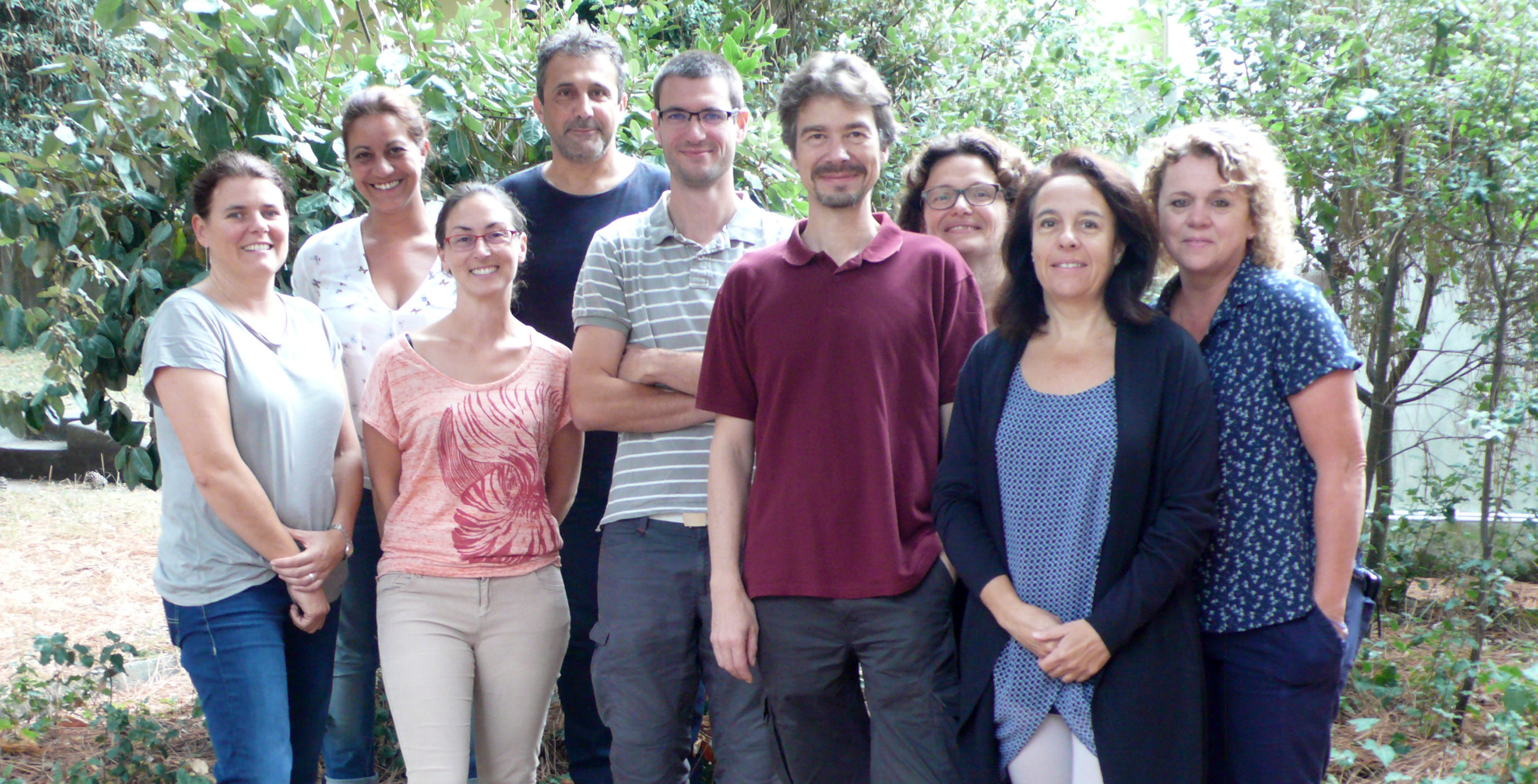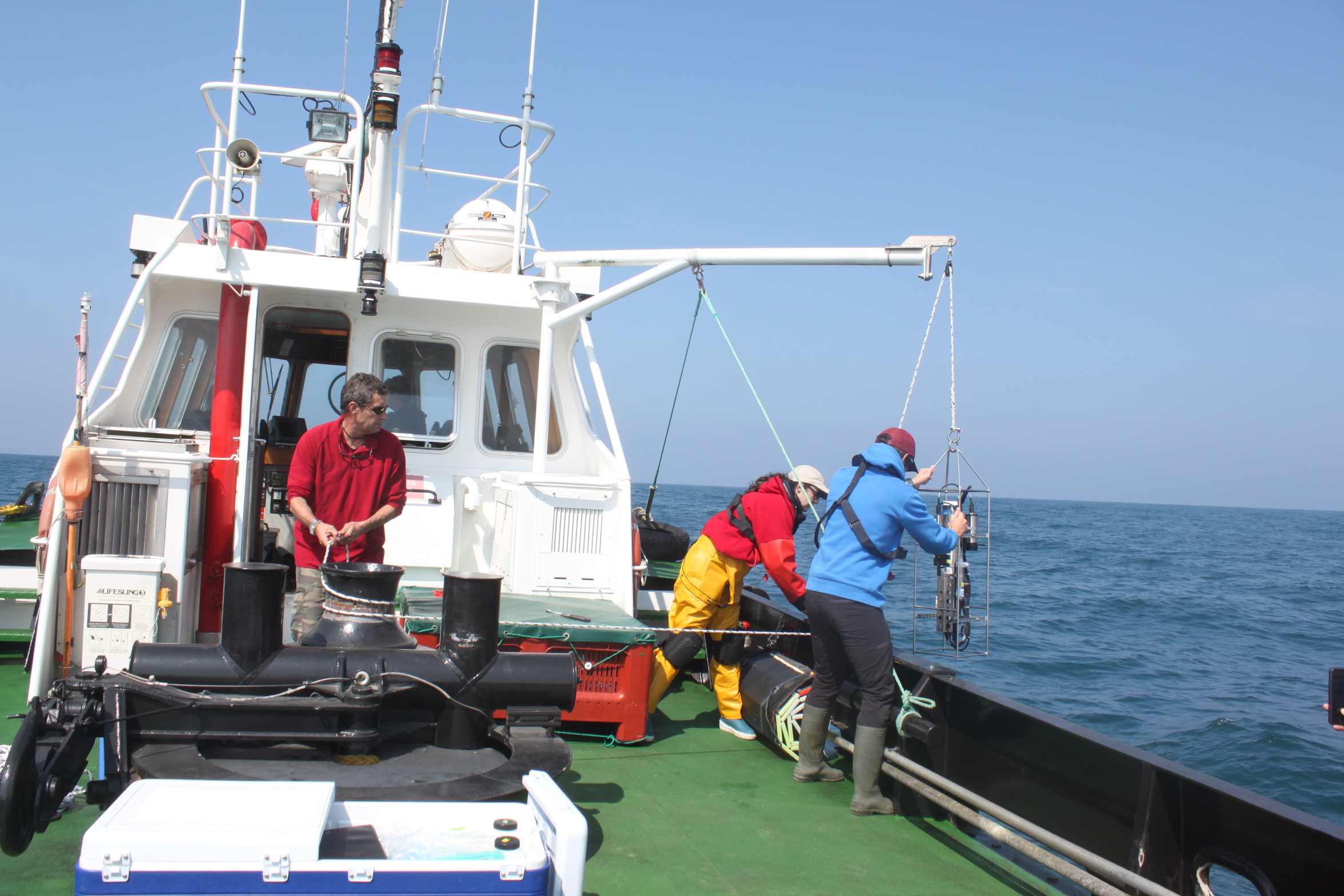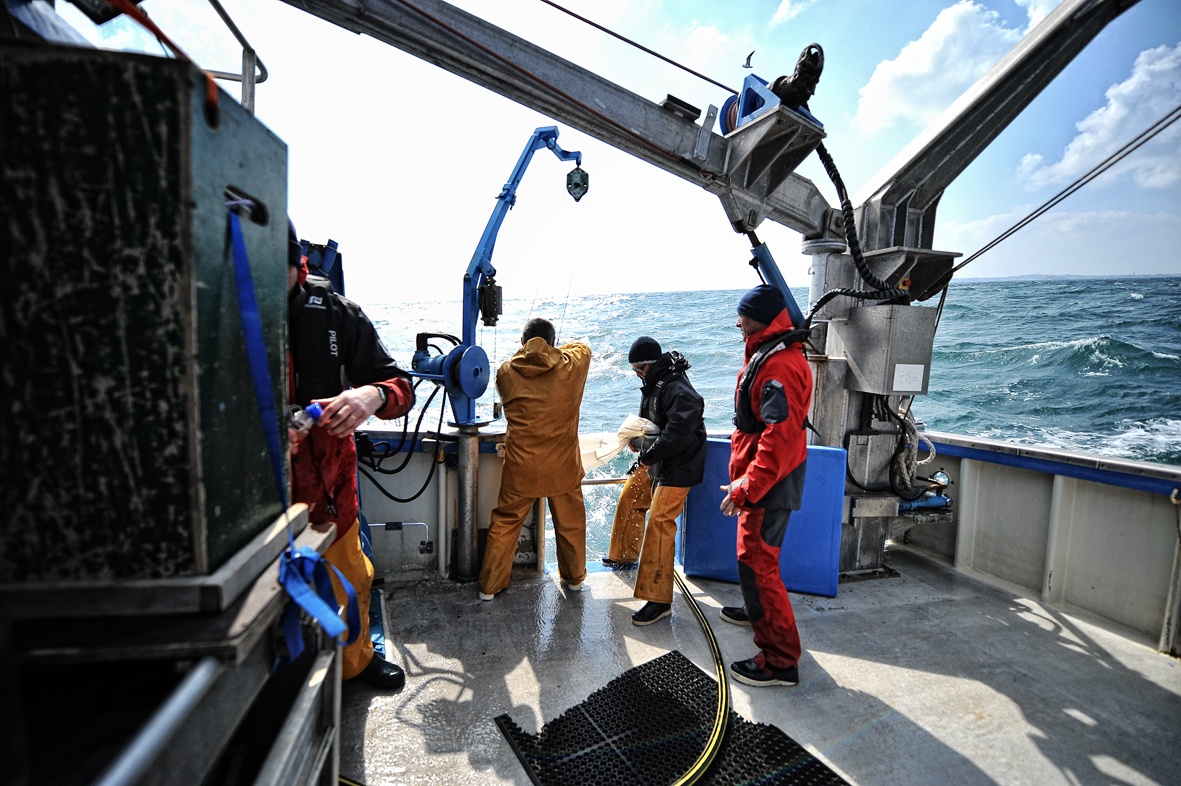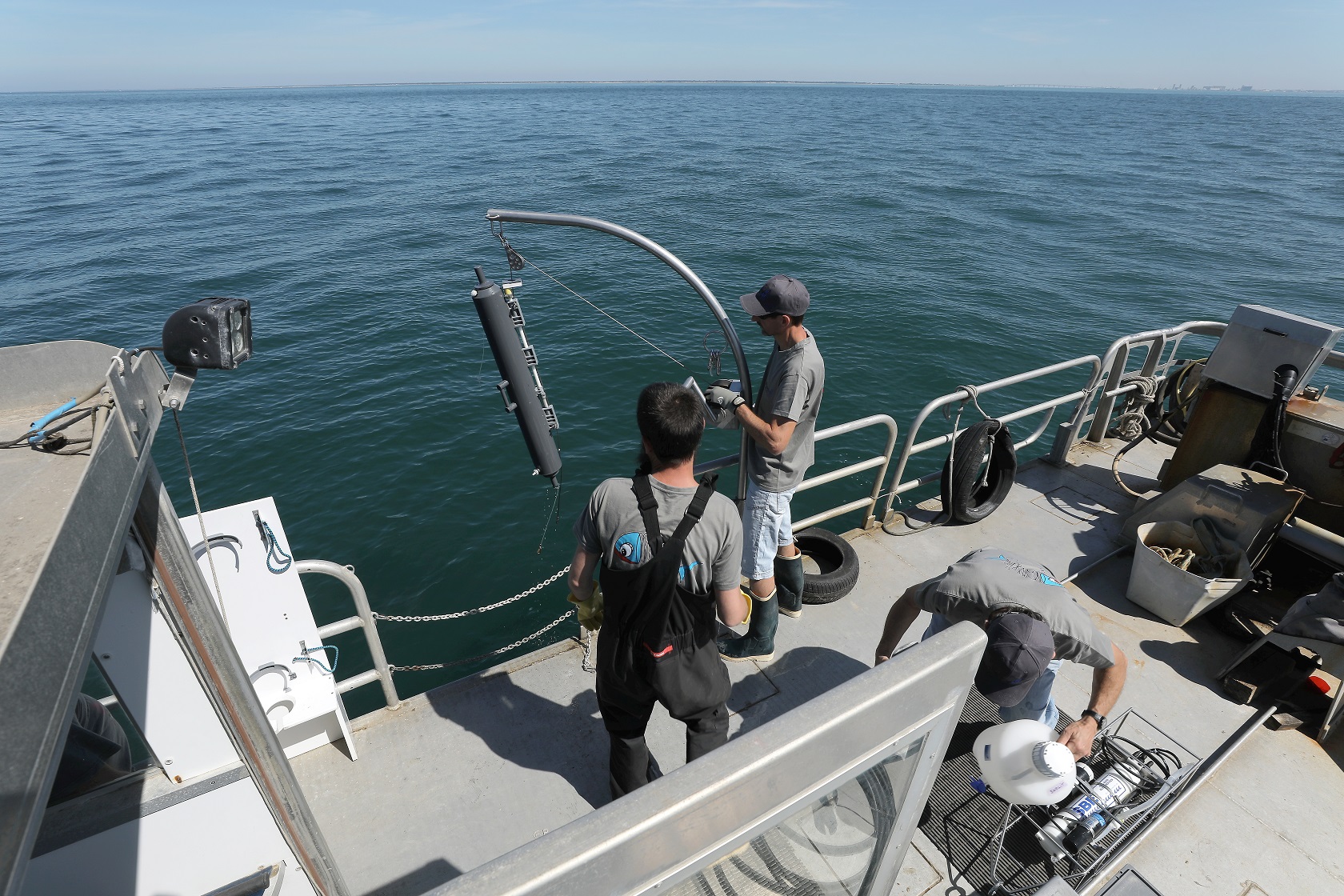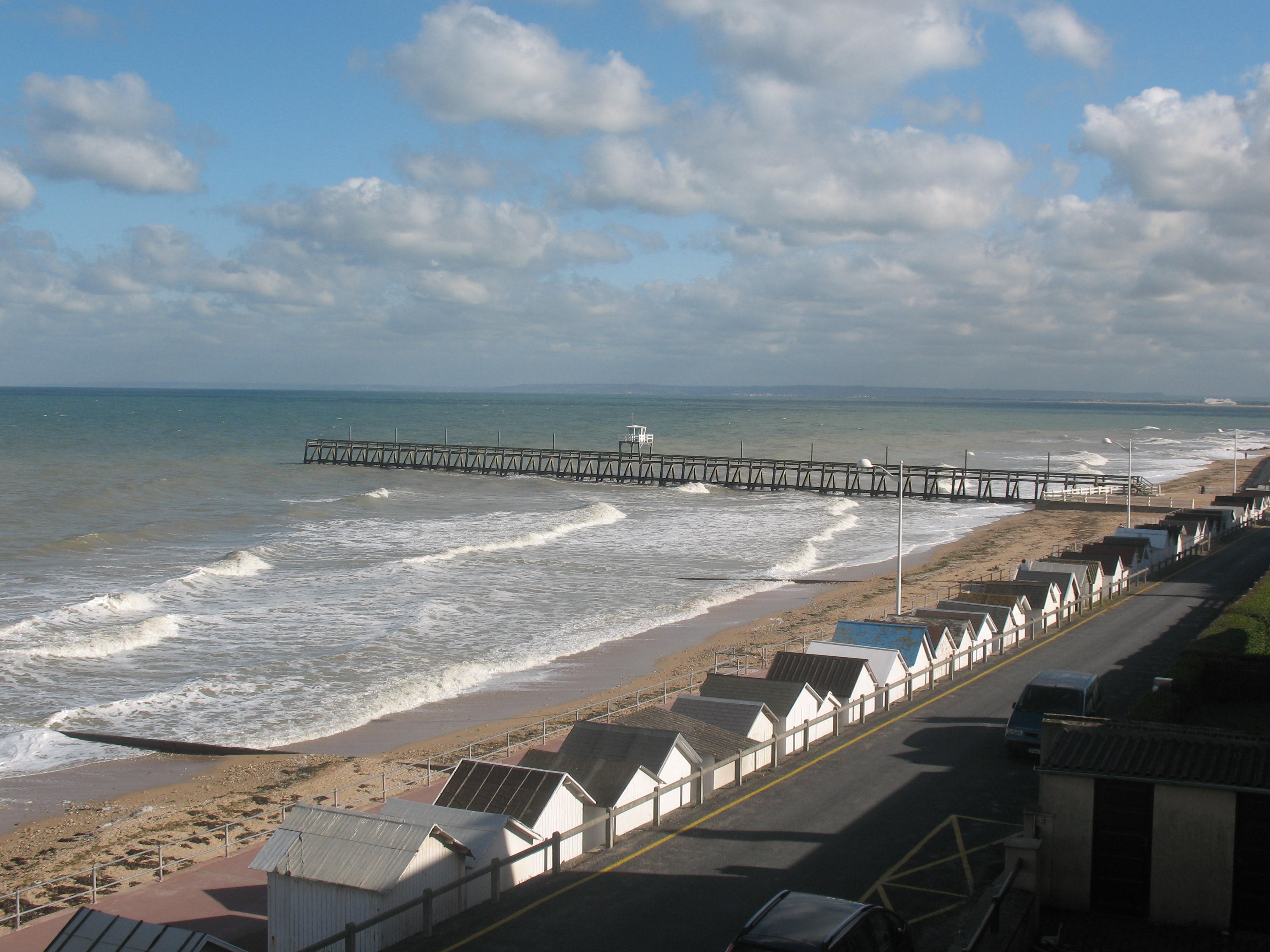Les zones côtières, interfaces entre continent, océan et atmosphère sont d’importantes zones d’échanges de matières et d’énergie jouant un rôle capital dans les cycles des éléments chimiques à l’échelle de la planète. Cette position d’interface contraint ces milieux à une forte variabilité spatiale et temporelle de leurs paramètres physico-chimiques et biologiques selon des forçages météorologiques ponctuels et saisonniers locaux auxquels s’ajoutent des forçages à large échelle d’origine climatique (par ex. réchauffement climatique, modification du régime de vents) et à l’échelle locale d’origine humaine (par ex. modification du cycle des nutriments liée à l’usage d’engrais ou à la construction de grands aménagements comme des barages). Ces forçages sont par ailleurs souvent inter-connectés. Dans un contexte d’impact avéré du changement global (changement d’origine climatique et changement d’origine humaine), l’identification et la compréhension de son impact sur les écosystèmes marins côtiers et littoraux sont essentiels. L’objectif scientifique du SOMLIT est donc 1) de caractériser l’évolution pluri-décennale des écosystèmes côtiers et littoraux, et 2) d’en déterminer les forçages climatiques et anthropiques. Afin de répondre à cet objectif, un suivi multi-sites coordonné à l’échelle nationale a été mis en place au milieu des années 90. Ce suivi repose actuellement sur une stratégie commune à l’ensemble des 12 écosystèmes suivis : 1) des prélèvements d’eau et mesure en surface, à pleine mer (pour les sites soumis à la marée), tous les 15 jours pour un cortège de 13 paramètres ‘historiques’ (température, salinité, oxygène dissous, pH, nitrate, nitrite, ammonium, phosphate, silicate, matière en suspension, chlorophylle a, carbone et azote organiques particulaires) auxquels se sont ajoutés dans le milieu des années 2000 trois paramètres (isotopes stables du carbone et de l’azote organiques particulaires, ainsi que le pico-nanoplancton) et 2) des profils verticaux de sondes multiparamétriques concernant un cortège restreint de paramètres (température, salinité, fluorescence, PAR). Ces travaux sont effectués sous démarche qualité (le référentiel qualité du Somlit est basé sur la norme ISO 17025). Le SOMLIT possède également des objectifs de service : mise à disposition des données et support logistique aux activités de recherche et à d’autres activités d’observation. Quelques chiffres clef
- 12 écosystèmes suivis sur les 3 façades de la France métropolitaine
- 20 points de suivis (1 à 3 par écosystème)
- Mesures de surface :16 paramètres ; profils verticaux : 4 paramètres
- 400 séries temporelles à l’échelle nationale
- Plus de 20 ans de données pour les séries historiques (depuis 1997).

Le SOMLIT (Service d’Observation en Milieu Littoral) est un Service National d’Observation de l’Institut National des Sciences de l’Univers (CNRS) depuis 1996. Il est hébergé par l’Observatoire Aquitain des Sciences de l’Univers (Université de Bordeaux / CNRS) en très fort partenariat avec neufs autres institutions (Université de Lille, Université du Littoral Côte d’Opale, Université de Caen Normandie, Sorbone Université, Université de Bretagne Occidentale, Université de La Rochelle, Université de Montpellier, Aix Marseille Université, Muséum National d’Histoire Naturelle). Il est également un réseau de l’Infrastructure de Recherche Littorale et Côtière (ILICO) du Ministère de l’Enseignement Supérieur, de la Recherche et de l'Innovation. Il possède des liens forts avec les réseaux MOOSE (Mediterranean Ocean Observing Systeme on Environment), PHYTOBS (observation du phytoplancton) et COAST-HF (Coastal OceAn observing SysTem - High Frequency).
